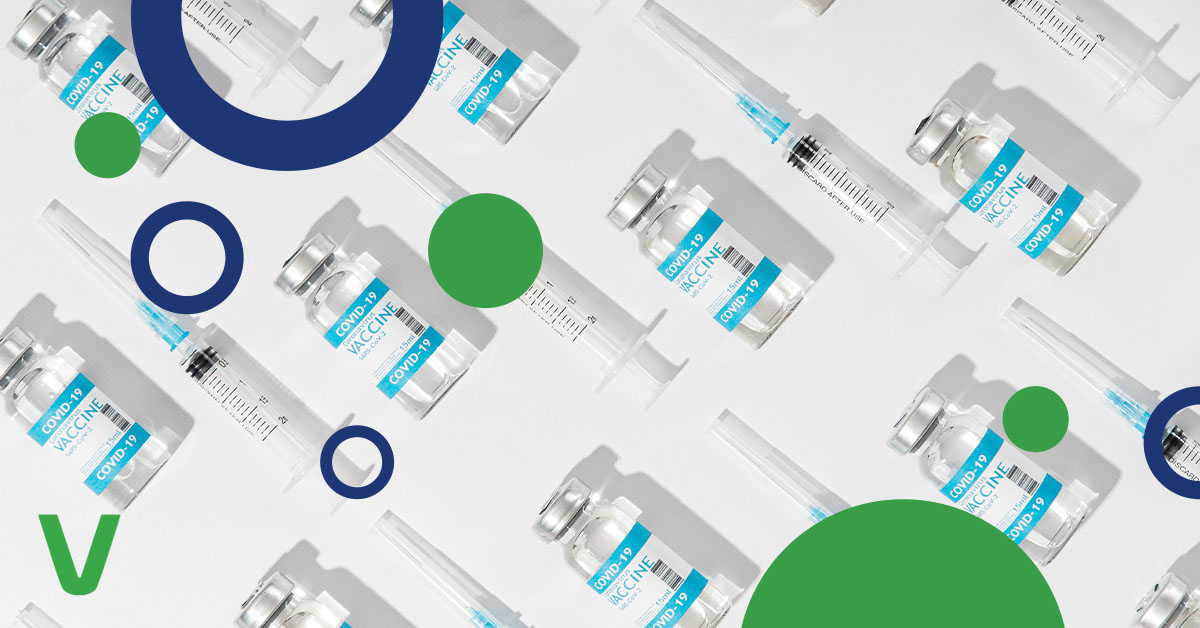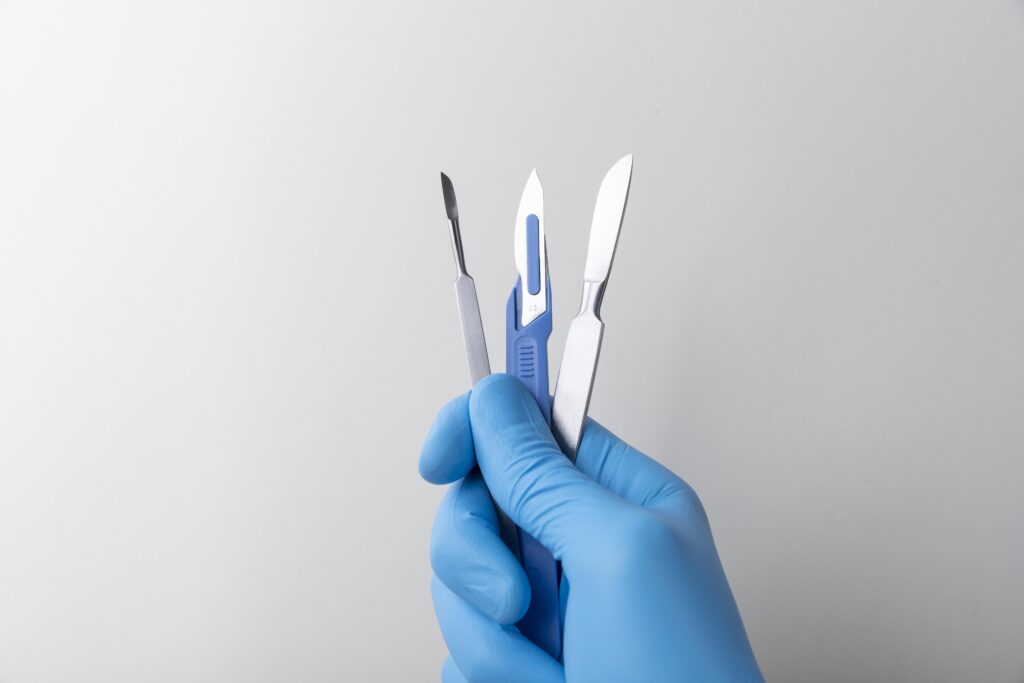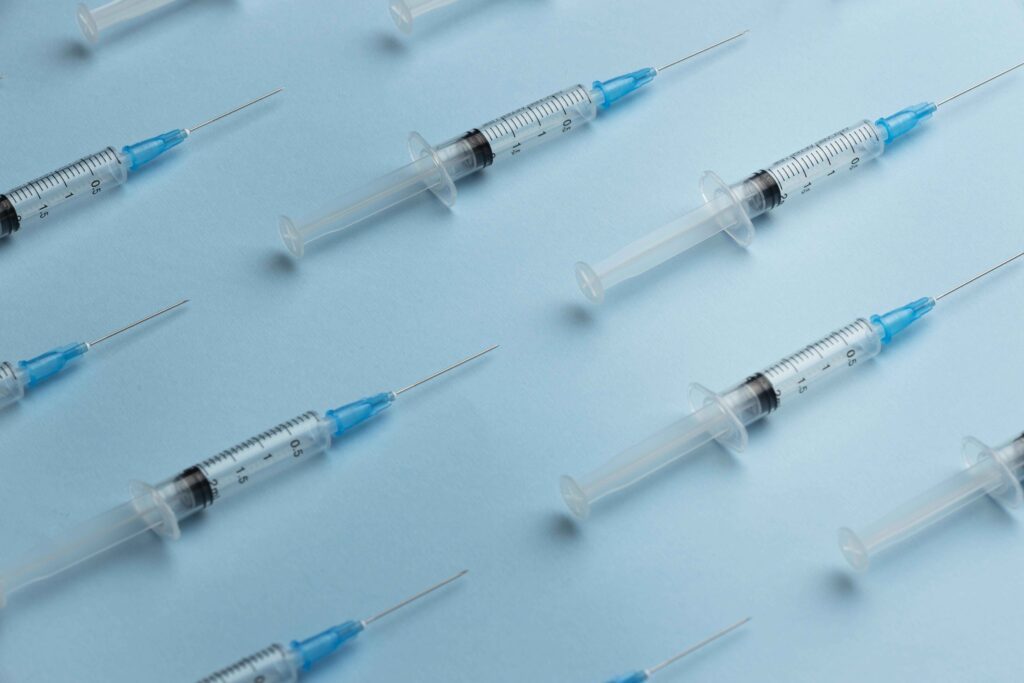
Best Practices to Manage Properly the Sharp Waste
Management properly the sharp waste, is crucial in healthcare environments to ensure safety for both staff and patients. Understand the responsibility healthcare professionals bear in managing sharp waste. From proper disposal techniques to promoting a culture of safety, every action matters.
Understanding Sharp Waste:
Sharp waste, including needles and other sharp objects, poses significant risks. Proper management is essential to prevent injuries and the spread of infections.
Importance of Proper Management:
Improper disposal of sharp waste can lead to needlestick injuries, exposing healthcare workers to bloodborne pathogens. Learn how to manage it safely.

Guidelines for Handling Sharp Waste:
Follow these guidelines to manage sharp waste properly, from collection to disposal. Ensure compliance with regulations and protect healthcare professionals and the community.
- Use of Safety Containers: Investing in puncture-resistant containers is key to safely collecting and containing sharp waste. Discover the features that make these containers effective in minimizing risks.
- Training and Awareness Programs: Implementing regular training sessions and awareness programs among healthcare staff is crucial. Educate them on the importance of proper sharp waste management.
- Integration of Technology: Explore technological solutions for tracking and managing sharp waste. From smart disposal systems to digital record-keeping, technology plays a vital role in enhancing efficiency.
- Environmental Impact of Sharp Waste: Address the environmental concerns associated with sharp waste disposal. Explore eco-friendly alternatives and sustainable practices to minimize the ecological footprint.
- Regulatory Compliance: Understand the regulatory landscape surrounding medical waste management. Stay informed about existing and evolving regulations to ensure compliance and avoid legal consequences.
- Patient Education: Involve patients in the process by educating them on the importance of responsible disposal of medical waste, especially sharps. Foster a sense of shared responsibility for a safer healthcare environment.
- Continuous Improvement: Encourage a culture of continuous improvement in medical waste management. Emphasize the role of feedback, audits, and regular assessments in refining existing processes for better outcomes.

Management properly the sharp waste, and explore how different countries approach the management of sharp waste in healthcare settings. Identify global trends and innovations that can inspire improvements in local practices.
Conclude by reinforcing the idea that empowering healthcare professionals with the knowledge and tools to manage sharp waste is essential for creating a safer healthcare environment.